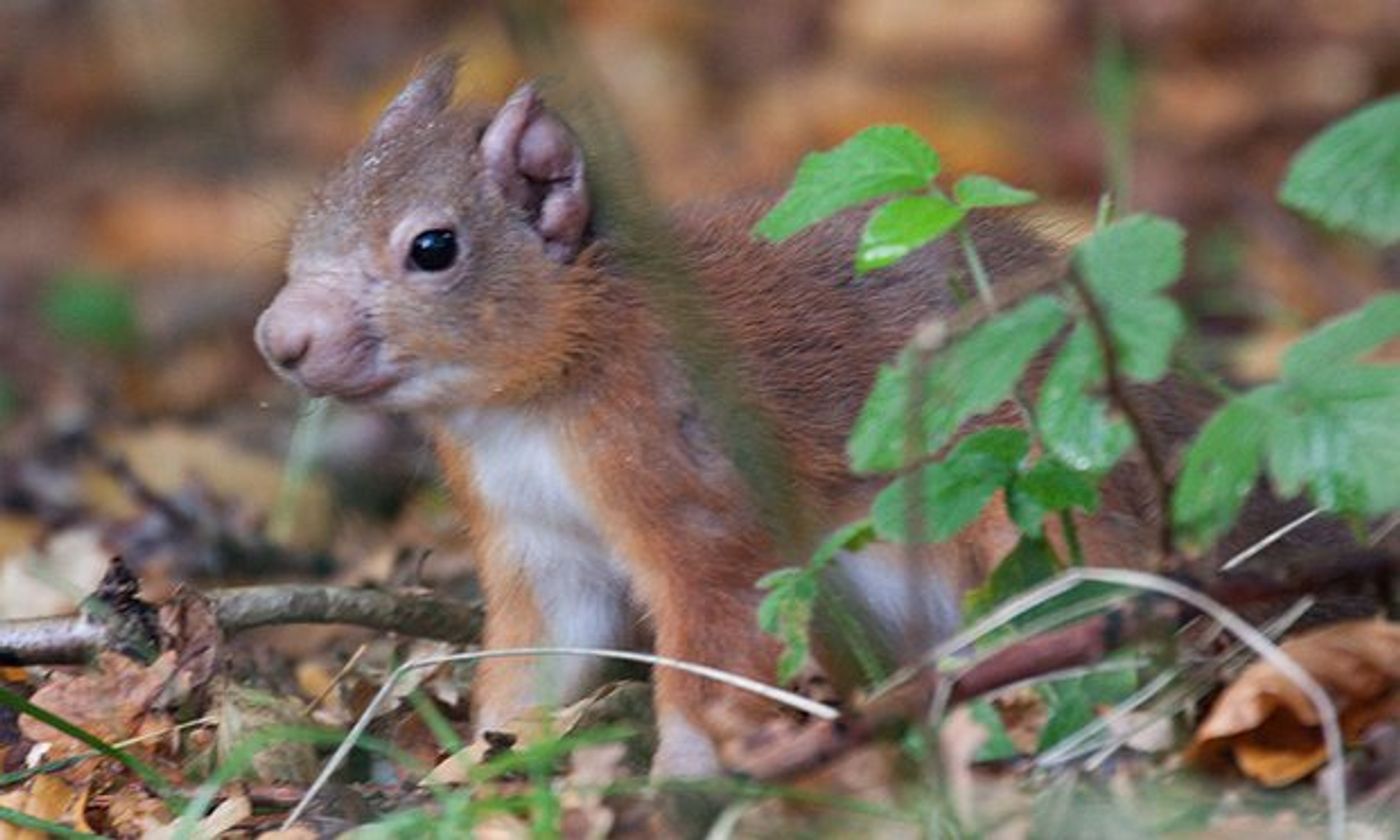Red squirrels of the United Kingdom are having a tough time. Their population is under threat from several pressures, including habitat loss and a virus called squirrelpox; their population is thought to number fewer than 140,000.
A new study in the journal Science reports that these red squirrels also carry the two species of bacteria that cause leprosy in people. The work is outlined in the video below.
Caused by the bacterium Mycobacterium leprae and Mycobacterium lepromatosis, leprosy was a public health problem in medieval Europe, but rapidly declined at the end of the Middle Ages for unclear reasons. It affects the skin, eyes, upper respiratory tract and peripheral nerves. It’s an ancient disease, and while it doesn’t really affect any people in Europe anymore, there are around 200,000 new cases worldwide every year.
Leprosy is an infectious, zoonotic disease, meaning it can be transmitted from animals to humans. It can affect armadillos and non-human primates. In this work, carried out by the labs of Stewart Cole at EPFL and Anna Meredith at the University of Edinburgh, DNA tests on 110 red squirrels from England, Scotland, and Ireland found that most were infected with leprosy bacteria. Some of these animals showed clinical symptoms of leprosy, while others did not.
Interestingly, red squirrels from an island off the south coast of England, Brownsea, carried a strain of M. leprae that is closely related to one found in the skeleton of a leprosy victim that had been buried 730 years ago, 70 km away from Brownsea Island.
However, it was found that the other leprosy bacterium, M. lepromatosis, infected red squirrels from Scotland and Ireland and south England. In Mexico, this bacterial species causes leprosy in humans. Additional study showed that the two strains from Mexico and Europe diverged from a common ancestor roughly 27,000 years ago.
"It was completely unexpected to see that centuries after its elimination from humans in the UK M. leprae causes disease in red squirrels," said Stewart Cole. "This has never been observed before."
Thus, it is demonstrated how pathogens can avoid detection in the environment while it’s been absent from the human population for hundreds of years. "The discovery of leprosy in red squirrels is worrying from a conservation perspective but shouldn't raise concerns for people in the UK," stressed Anna Meredith. "We need to understand how and why the disease is acquired and transmitted among red squirrels so that we can better manage the disease in this iconic species."
"There is no reason for panic," added Andrej Benjak, one of the lead authors of the work. "Autochthonous leprosy has not been detected in the UK in decades, though we cannot exclude the possibility of rare, unreported or misdiagnosed cases that originated within the UK." He suggests that efforts to monitor the disease should be increased; the World Health Organization's global Leprosy Surveillance Programme exists but there is still room for improvement.
"The next logical step after this study is to check the red squirrel population outside the British Isles, and that includes Switzerland," said Benjak. "Even if there is leprosy in red squirrels in continental Europe, the risk of transmission to people is generally low because of their limited contact with humans, and hunting red squirrels is forbidden in most European countries."
Sources:
AAAS/Eurekalert! via
EPFL,
WHO,
Science









